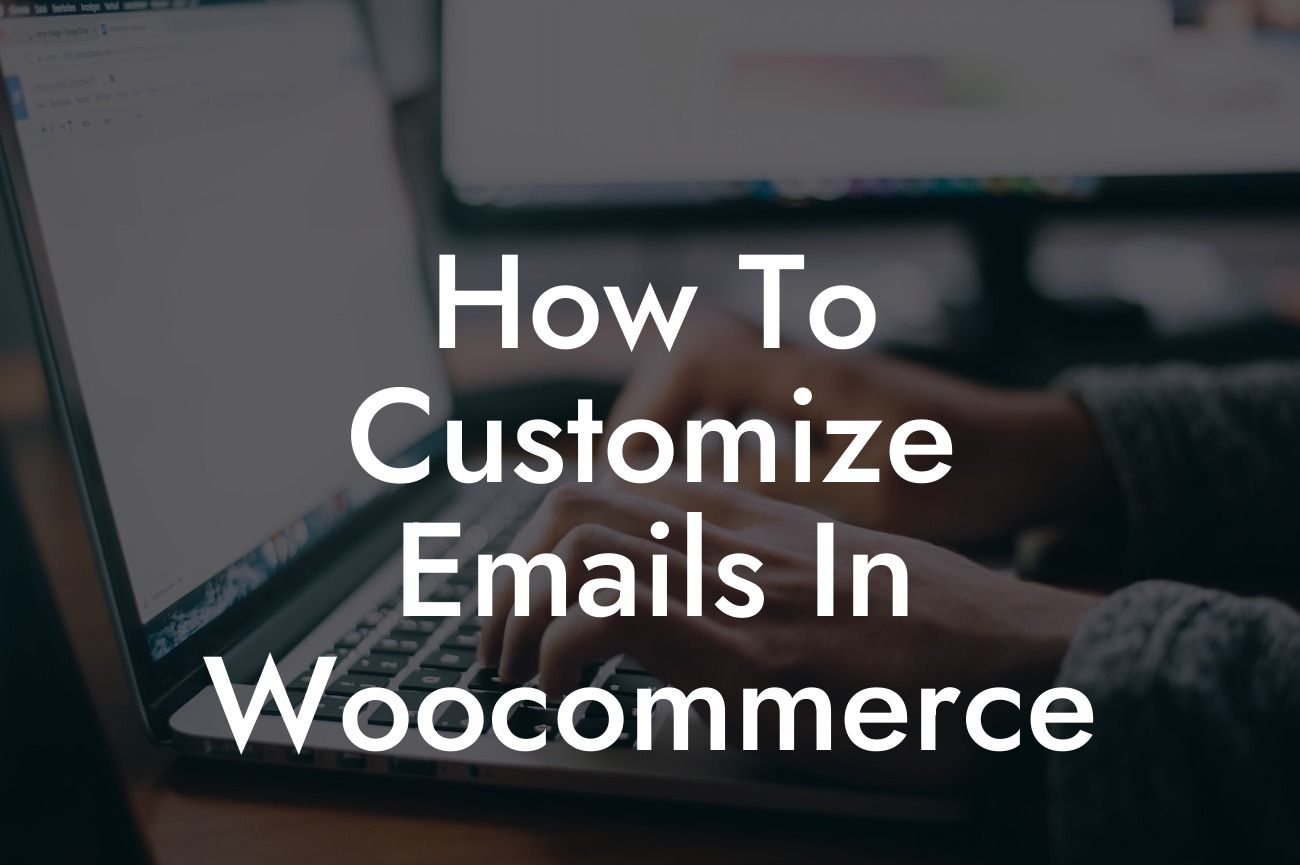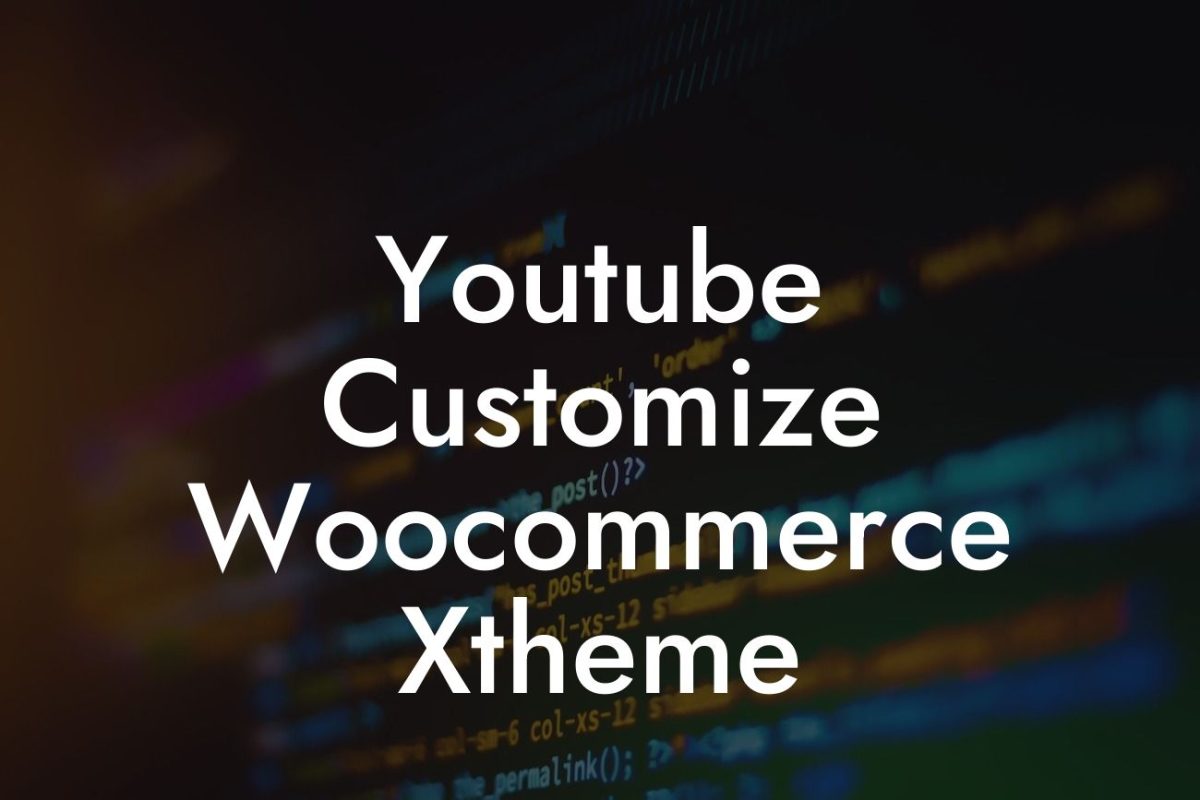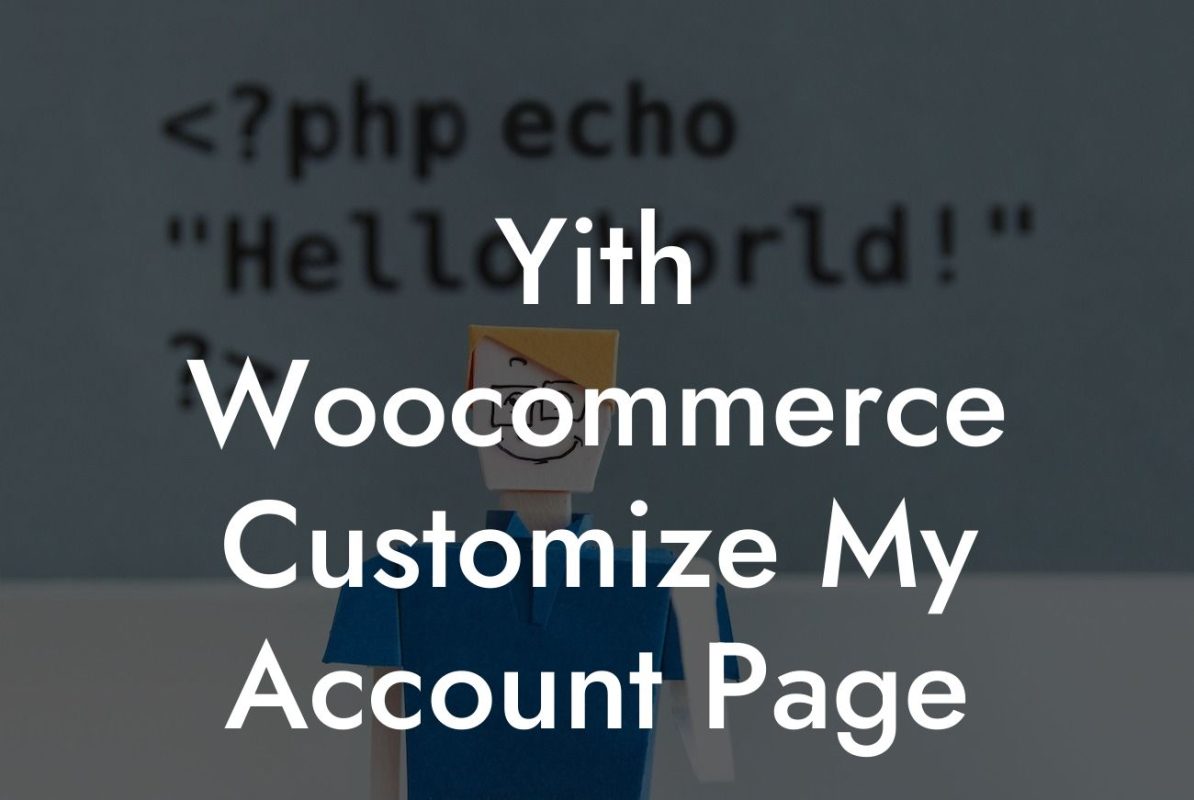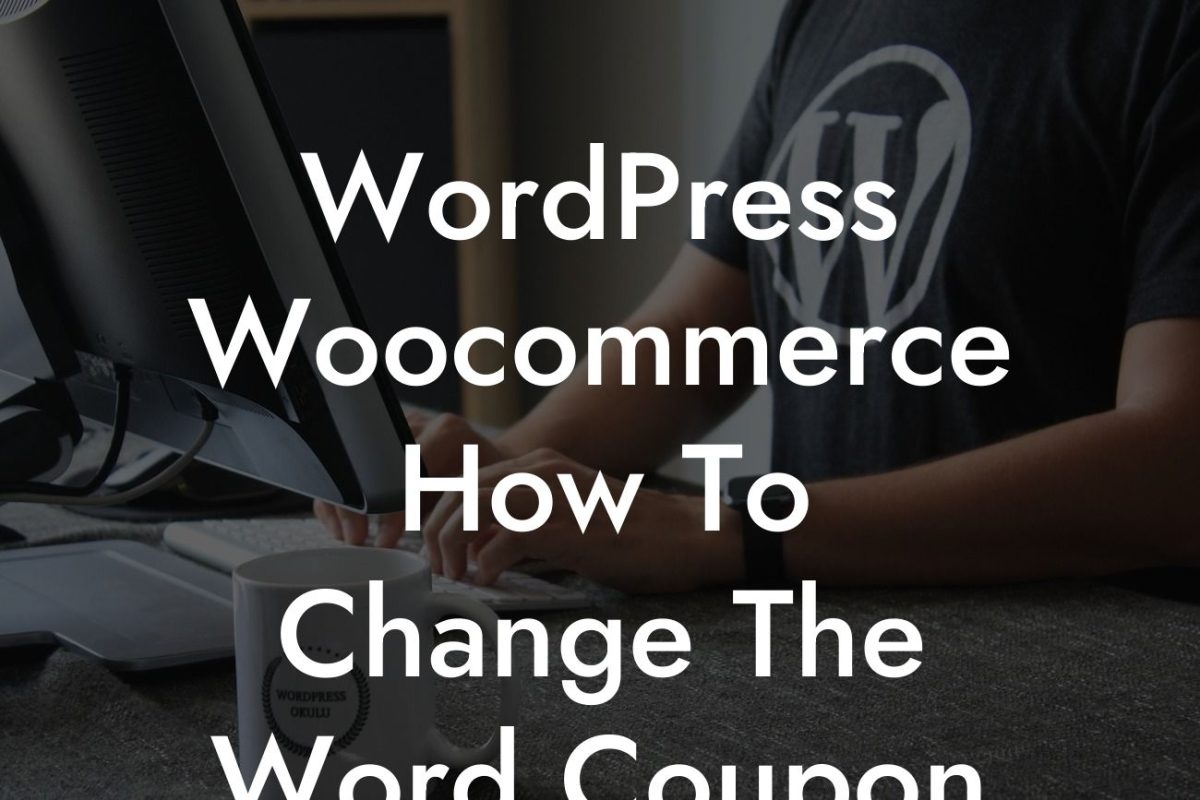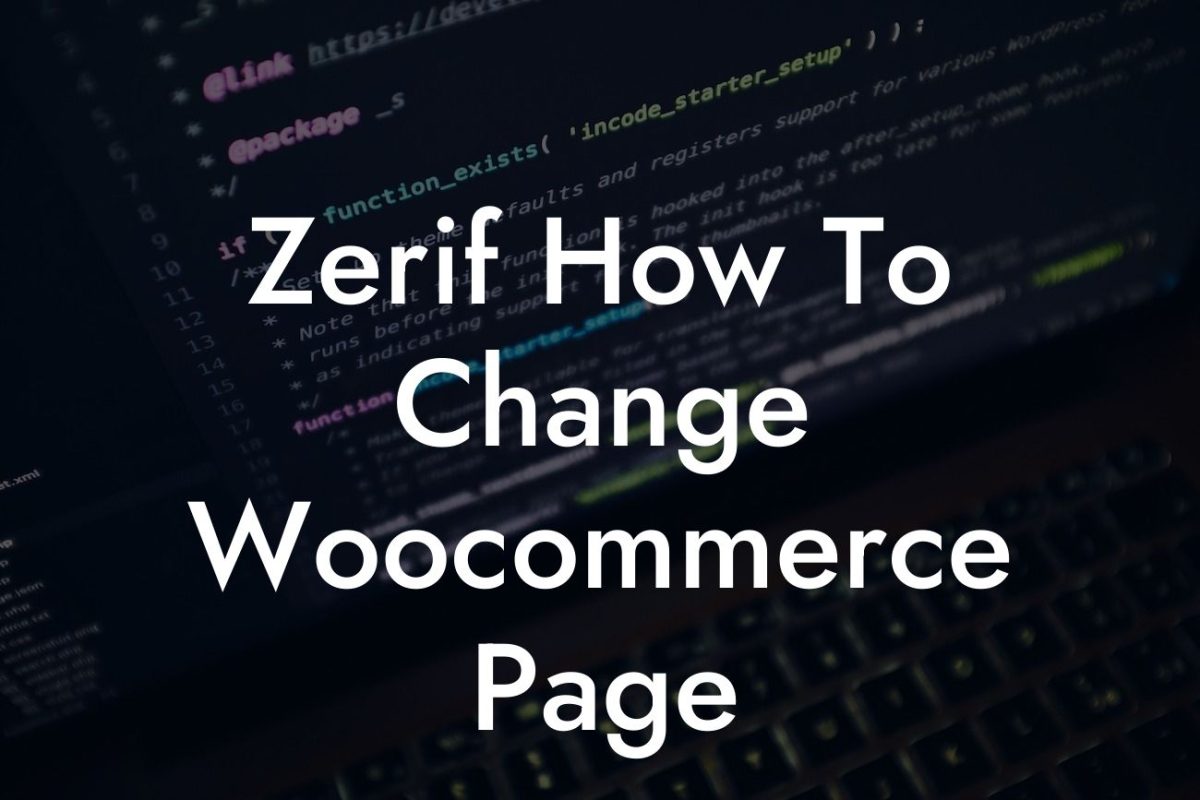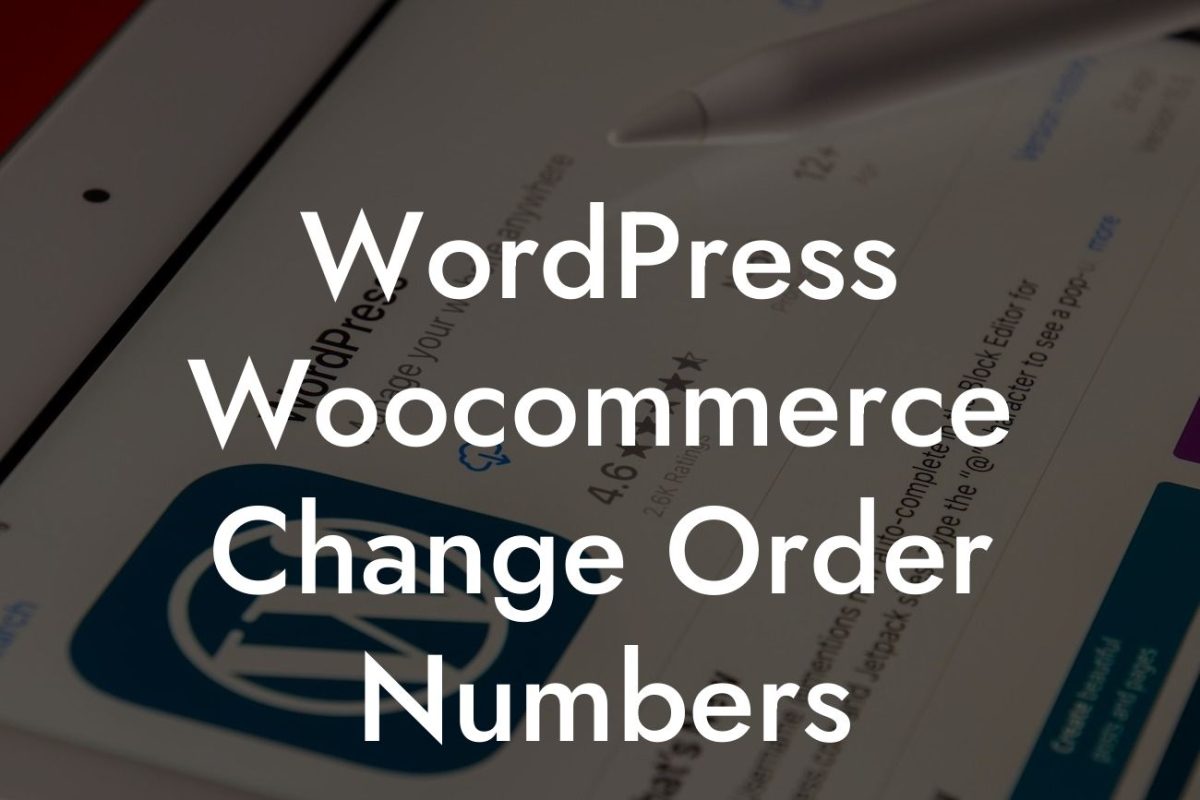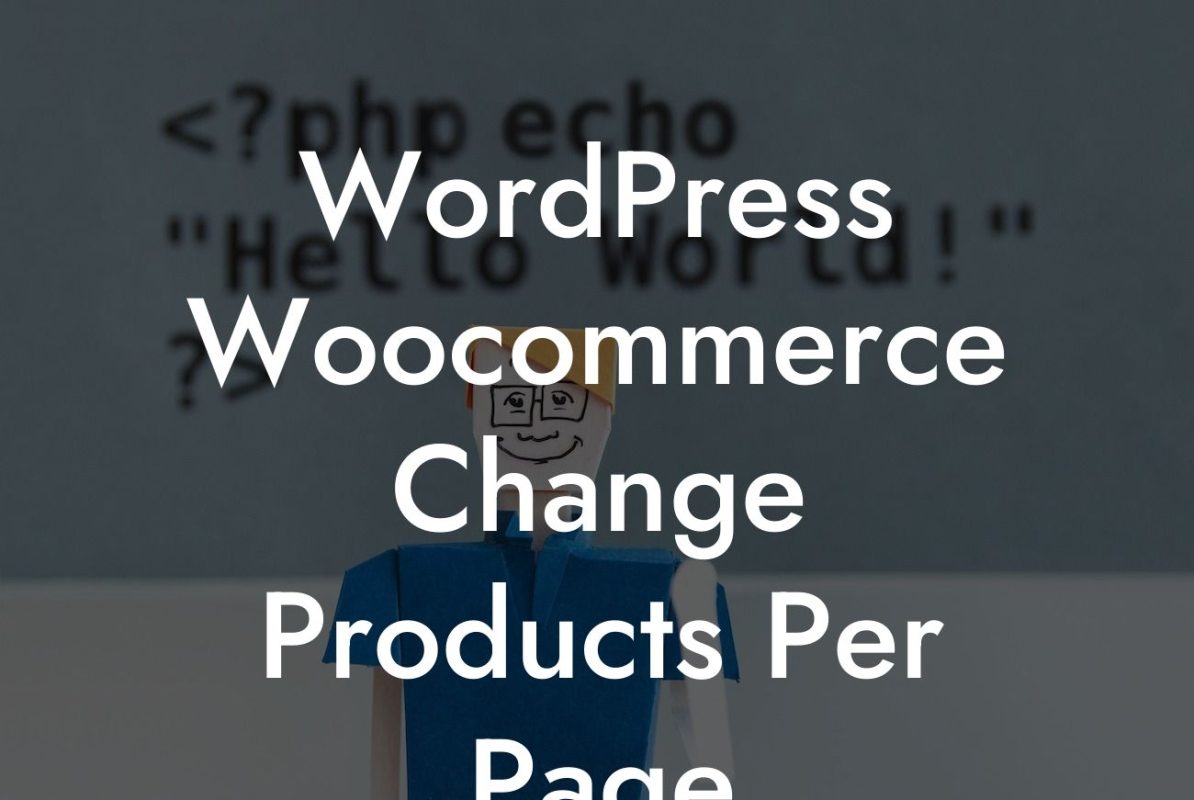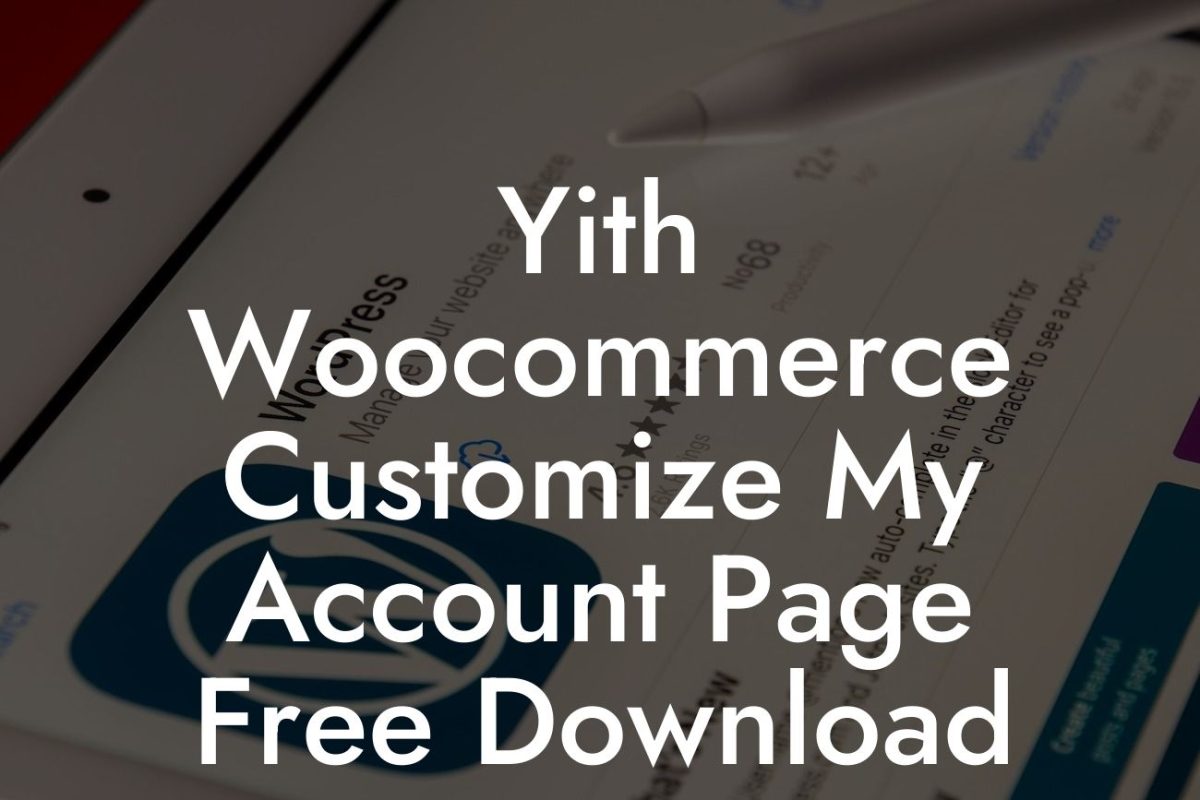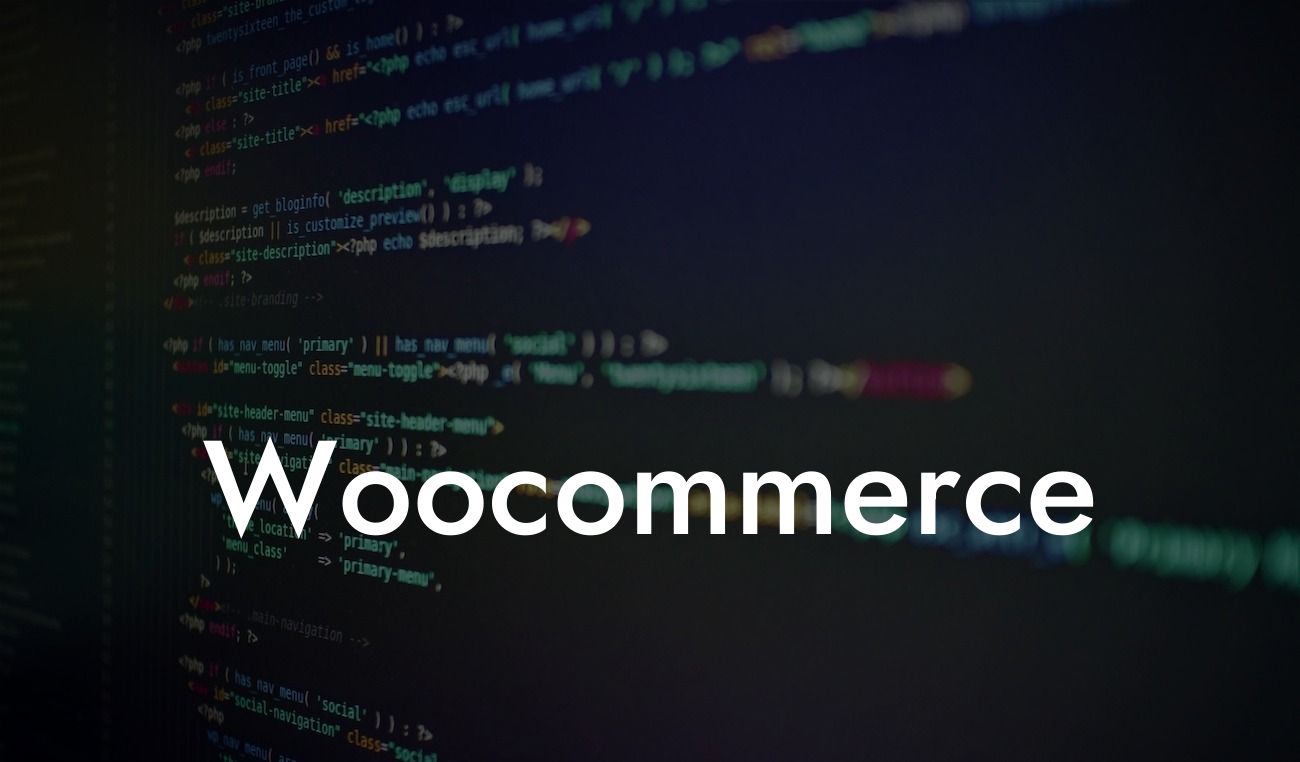In the competitive world of e-commerce, it's crucial to provide a personalized and professional experience for your customers. And one of the most effective ways to do that is by customizing your emails in WooCommerce. The ability to tailor your email communication to match your brand's voice and style not only enhances customer engagement but also reinforces your brand's identity. In this guide, we will walk you through the step-by-step process, provide essential tips, and share realistic examples to help you customize your emails and take your e-commerce business to the next level.
Customizing emails in WooCommerce is an empowering task that allows you to create personalized messages that resonate with your customers. By incorporating your brand's unique voice, design elements, and relevant information, you can build stronger relationships and drive customer loyalty. Let's dive into the key steps to achieve this:
1. Choose a Suitable Email Template: WooCommerce offers a range of pre-built email templates to start with. Depending on your preferences and requirements, you can select a template that complements your brand and business goals. Remember to choose a template that is responsive and compatible with various devices.
2. Customize the Header and Footer: The header and footer sections of your email templates play a vital role in reinforcing your brand's identity. You can include your logo, brand colors, and social media icons to create a cohesive experience for your customers. Additionally, consider adding valuable links, such as your website or a featured product, to encourage engagement and cross-promotion.
3. Modify Content Elements: WooCommerce allows you to customize various content elements within your emails. From the subject line to the body content, you can personalize every aspect to align with your brand's tone and messaging. Use appropriate H2 and H3 headings to structure your content and highlight key information. Utilize bullet point and ordered lists to make it easy for readers to absorb the content.
Looking For a Custom QuickBook Integration?
4. Add Dynamic Variables: Take advantage of WooCommerce's dynamic variables feature to inject dynamic content into your emails. This allows you to automatically include customer-specific details, such as their name, order details, or personalized discount codes. By leveraging this functionality, you can create truly unique and tailored email experiences for each recipient.
How To Customize Emails In Woocommerce Example:
Let's say you run an online clothing store called "FashionHub" and want to customize your order confirmation email. You can begin by selecting a WooCommerce email template that reflects your brand's style. Next, personalize the header and footer by adding your FashionHub logo and social media icons. In the body content, use headings like "Thank You for Shopping With Us!" and "Order Details" to structure the information. Include dynamic variables to automatically include the customer's name, order summary, and a personalized discount code for their next purchase. By customizing your email in this way, you not only provide a delightful customer experience but also reinforce your brand's identity and drive repeat business.
Congratulations! You now have the knowledge and tools to customize your emails in WooCommerce and create exceptional experiences for your customers. Remember, DamnWoo offers a wide range of powerful WordPress plugins designed exclusively for small businesses and entrepreneurs like you. Explore our website to find the perfect plugin to supercharge your online presence. If you found this guide helpful, consider sharing it with others who may benefit. Stay tuned for more insightful guides, tips, and tricks from DamnWoo to elevate your success in the digital world.

